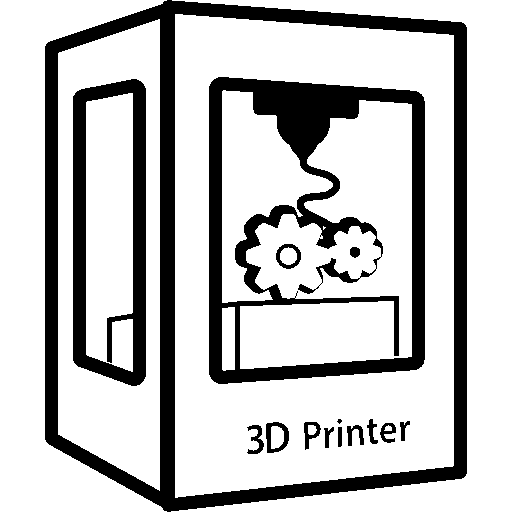So I’ve been on an ABS kick, I’ve upgraded the crap out of my ender 5 just for this purpose, better hotend, better build plate and heaters, full enclosure, the works. I’ve had the worst luck with every single print warping no matter what. That is until I learned about ABS juice, suddenly my prints were gasp Sticking to the plate. I know, amazing. Soon as printing all sorts of little things, flat things, tall things, skinny things. But there’s one thing I hadn’t tried, big things. Not I decided to go for broke, and I don’t exactly know what the difference may have been here, it might be that the ABS is about a year old even though I kept it inside of a cupboard it may have still absorbed some moisture or something
. But I get about halfway through this print, and I swear to God I was pretty sure that it was sticking to the build plate just fine when I hear some cracking. I look over and I see all these little lines starting to form, I’m about halfway through and there’s no way I have enough ABS to print the rest of it so I figured just wait and see what it comes up with. Now I’m pretty sure I can make some ABS slurry to maybe fill in the cracks and make it usable enough for my girlfriend, it’s just a book rest. But I would like to figure out what happened here and how to prevent it in the future.
Do any of you guys who have more experience with abs know what might have gone wrong?
Main variables for this print are ABS obviously, 15% infill, 110⁰C build plate, 250⁰c hotend, 240⁰c near the end to try and lower the temperature differential to try to prevent the layer splitting. Entire print speed was set to 60steps and 20 steps for infill with 110% flow rate.
Entire print was . 28mm layer height


Yeah I just explained it poorly, I mean 60mm/s and 20 mm/s, flow and temp tuning yes, but I’ve never actually heard of PID tuning, I’ll have to look that up
Im not sure if PID tuning will fix your issue, but its highly recommended and worth a try. You should do it after any even minor change of hardware (like you did with your hotend and heatbed). PID values define temperature curve and with wrong values you can have some weird problems like unstable temperature or too slow response. Imagine you set nozzle temp to 240, but it is oscilating ±5C, but there are many other possible issues. Its usually just few commands that can be sent using octoprint and be done in few minutes. You should PID tune your hotend and heated bed. Googling printer name + PID tuning should lead you in the right direction. Hope it helps, cheers